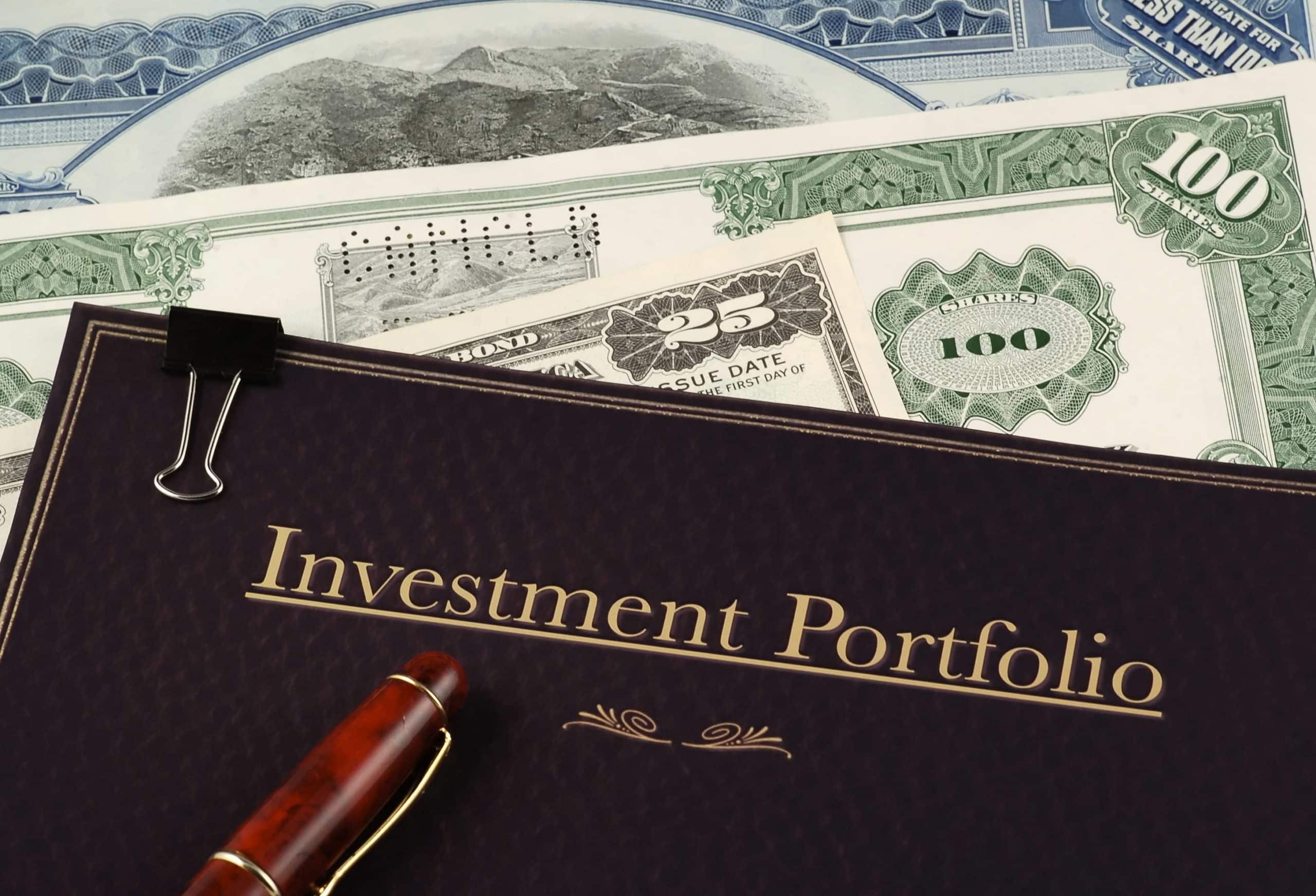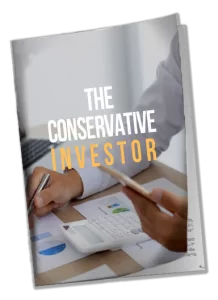Have bonds earned a place in your portfolio?
Beginning in 2020, the Federal Reserve cut interest rates to multi-decade lows, dropping the rate on 10-year Treasuries from a robust 2% to 0.5%. This steep decline was a blow to savers, especially those who traditionally look to bonds as safety anchors for their retirement portfolios. Since Treasury 10-year rates determine approximately half the yield of corporate bonds, convertibles also feel the sting of near-negative interest rates.
Discouraged by a cooled-off bond market, many who count on bonds for retirement income are looking into convertible bonds as an alternative. Corporate bonds that can be swapped for common stock in the issuing company, convertible bonds can lower the coupon rate on debt, thus saving a company interest.
Convertibles allow a holder to exchange them for a predetermined number of regular shares in the issuing company. For the most part, convertibles function just like traditional corporate bonds but with somewhat lower interest rates.
Since convertibles may be changed into stock and benefit if the underlying stock price rises, companies offer lower yields. If the underlying stock does not perform well, there is no conversion, and the investor is stuck with the bond’s sub-par returns.
How do convertible bonds work?
Convertibles operate according to what is known as the “conversion ratio.” This formula determines how many shares will convert from each bond. The conversion ratio expresses as either a ratio or as the conversion price.
For example, if the conversion ratio is 40:1, with a par value of $1,000, shareholders may exchange the bond for 40 shares of the issuing company’s stock.
The price of convertible bonds starts to rise as the company stock price nears the conversion price. When this happens, your convertible bond performs somewhat like a stock option. If the corporate stock experiences volatility, so will your bond.
Why would anyone consider adding convertible bonds to their portfolio?
Investors add convertible bonds to their investment mix because convertibles offer guaranteed income with built-in downside protection. Provided an investor does not convert before maturity, they get their initial investment back, plus earned interest. There is also the potential for higher returns than traditional bonds.
What are some convertible bond pitfalls?
The “forced conversion” element of a convertible bond is one of these instruments’ most significant downsides. The bond issuing company retains the right to force investors to convert the bonds into stock. Such conversion typically occurs when the stock price becomes higher than the amount would be if the bond were redeemed.
A specific type of convertible bond, known as a reverse convertible bond (RCB), lets the issuing company decide to convert the bonds to shares or keep them as fixed-income investments until maturity. RCB’s, unlike common stocks, can cap the bond’s capital appreciation. Such caps mean that these bonds’ principle protection element may not be as worthwhile as it first appears.
Summing it up:
Convertible bonds are somewhat complicated instruments designed to create guaranteed income while protecting against market losses. Companies usually issue convertible bonds with less-than-exceptional credit ratings but expectations of high growth. Convertibles allow these companies to get money to expand at much lower costs than those of conventional bonds.
If you are considering purchasing a convertible bond, you need to understand the basics of how they work and all the associated risks.
Always consult an authorized and licensed financial professional to map out convertibles’ pros and cons relative to your situation and risk tolerance. Your advisor may suggest other products, such as Fixed Indexed Annuities, that also guarantee principle with growth potential.
SD, LC





